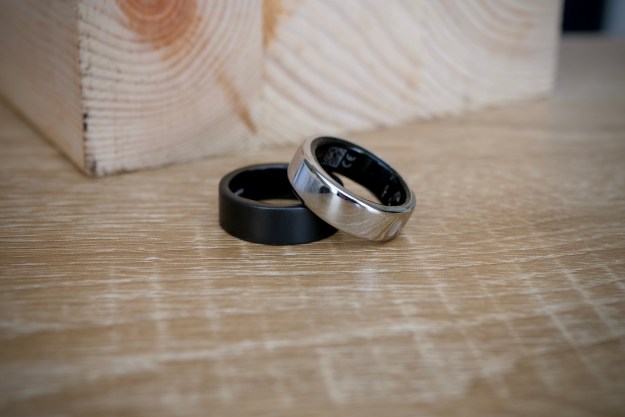Lenovo dove right into CES 2015 with two new smartphones and a camera accessory for taking even better selfies. The new Vibe X2 Pro builds upon the design legacy left by the first Vibe X2, but adds new specs and the selfie flash accessory, while the Lenovo P90 sports a 64-bit Intel processor. Here are all the details on Lenovo’s latest phones.
Vibe X2 Pro
Lenovo uses the same layered back on the Vibe X2 Pro and slicks it up in a bunch of bright, new colors, including electric blue, champagne gold, and rock pink. The phone weighs just 140 grams and is a mere 6.95mm thick. A 5.3-inch Full HD IPS screen takes up almost the entire front of the device, which is powered by a 64-bit, 1.5GHz Qualcomm Snapdragon 615 processor alongside 2GB of RAM. Currently, the Vibe X2 Pro runs Android 4.4 KitKat, but hopefully an upgrade to 5.0 Lollipop will soon be in order.
Lenovo packed 32GB of internal storage into the entry-level model of the Vibe X2 Pro, which is more than most manufacturers put into their mid-range phones. The whole device is powered by a 2410mAh battery, and in terms of connectivity, it’s got the standard Bluetooth 4.1 LE, Wi-Fi 802.11 a/b/g/n/ac, GPS, EDGE, HSPA+, and LTE. The phone also sports a few sensors, including gravitation, proximity, and light. Lenovo’s Vibe X2 Pro supports dual SIM cards and Nano SIM cards, though it most likely won’t make its way out of China when it arrives in April 2015 for an unspecified price.

Perhaps the most exciting thing about the Vibe X2 Pro is its matching back and front, 13-megapixel cameras with auto-focus. Although the two cameras have the same resolution, only the back camera has a LED flash. The front-facing camera comes with support for gesture controls and has beautification tools available via an app. It’s becoming more and more common for companies to up the resolution of their front-facing cameras to please the growing popularity of selfies, but Lenovo takes the idea one step further with an accessory for the Vibe X2 Pro: the Vibe Xtension selfie flash.
Vibe Xtension Selfie flash
Lenovo’s selfie flash is the ultimate accessory for the Kim Kardashians of the world who just can’t stop taking selfies. The pocket-sized flash plugs right into the headphone jack on your phone and casts an even, diffused light over a one meter radius to ensure that you get the perfect lighting for your selfies. The flash sports eight white LED bulbs in a ring, claims to sync perfectly with your camera shutter, and can brighten up as many as 100 selfies on a single charge.

Although the selfie flash is intended for Vibe X2 Pro buyers, it also works with select Android smartphones, thanks to an app. Lenovo may offer the Xtension flash to iPhone users one day, but there’s no official word on that yet. The company did say that the selfie flash costs just $30 and arrives in select markets this April. Unfortunately, the U.S. will not be one of them — for now.
Lenovo P90
Last but not least, Lenovo introduced its first 64-bit, Intel Atom-powered smartphone. The Lenovo P90 sports a 5.5-inch Full HD IPS screen and measures 8.5mm thick. Its design is reminiscent of Nokia’s Lumia phones with its rectangular look and plastic backs, which come in Pearl White, Onyx Black, and Lava Red.

The handset gets its processing power from Intel’s 64-bit 1.8GHz quad-core Atom chip, which is backed by 2GB of RAM. The P90 also comes with Intel’s 5-mode XMMTM 7262 modem, which allows users to access high-speed LTE-Advanced FDD and TDD in any part of the world that offers faster data connections.
As with the Vibe X2 Pro, Lenovo popped in 32GB of storage and a 13-megapixel back camera with an LED flash and optical image stabilization. The front-facing camera is just 5-megapixels, but it should take passable selfies, too. To round things out, Lenovo added a 4000mAh battery. The company says the P90 will arrive in select markets, but not the U.S., in February for an unspecified price.
That’s everything we know so far, but we’ll update this post as we learn more about pricing and availability.
Editors' Recommendations
- Oppo Find X2 Pro hands-on review: A leather-clad stunner
- The $440 Realme X2 Pro has what it takes to be one of 2019’s best phones


